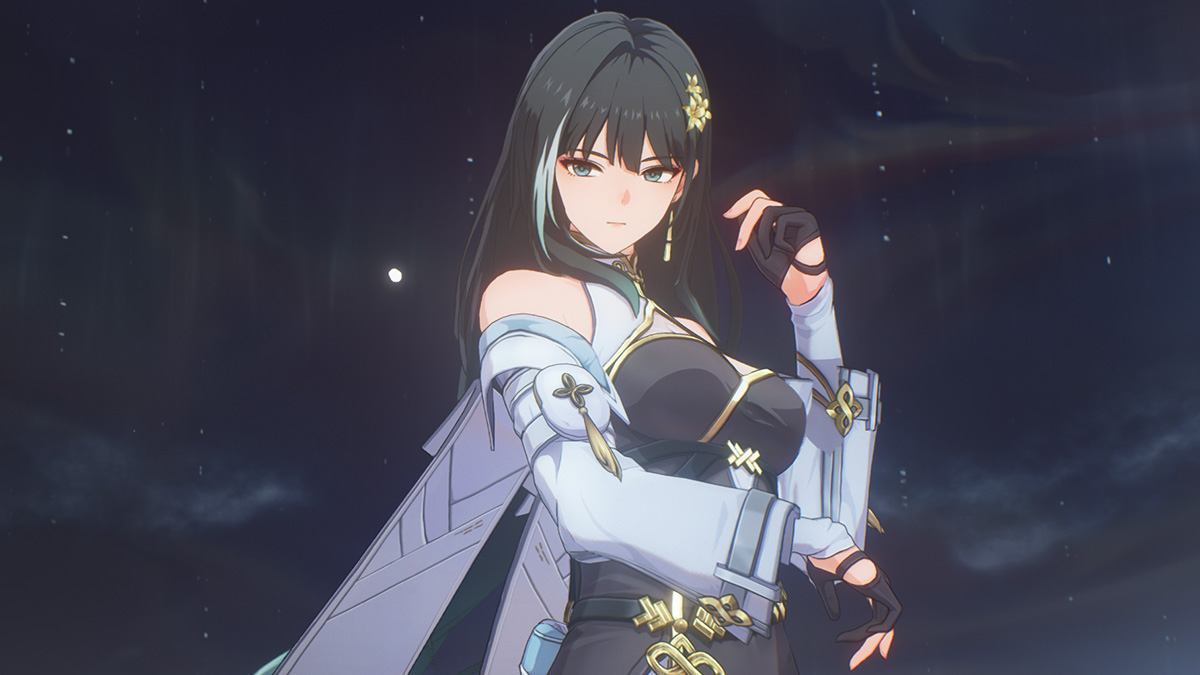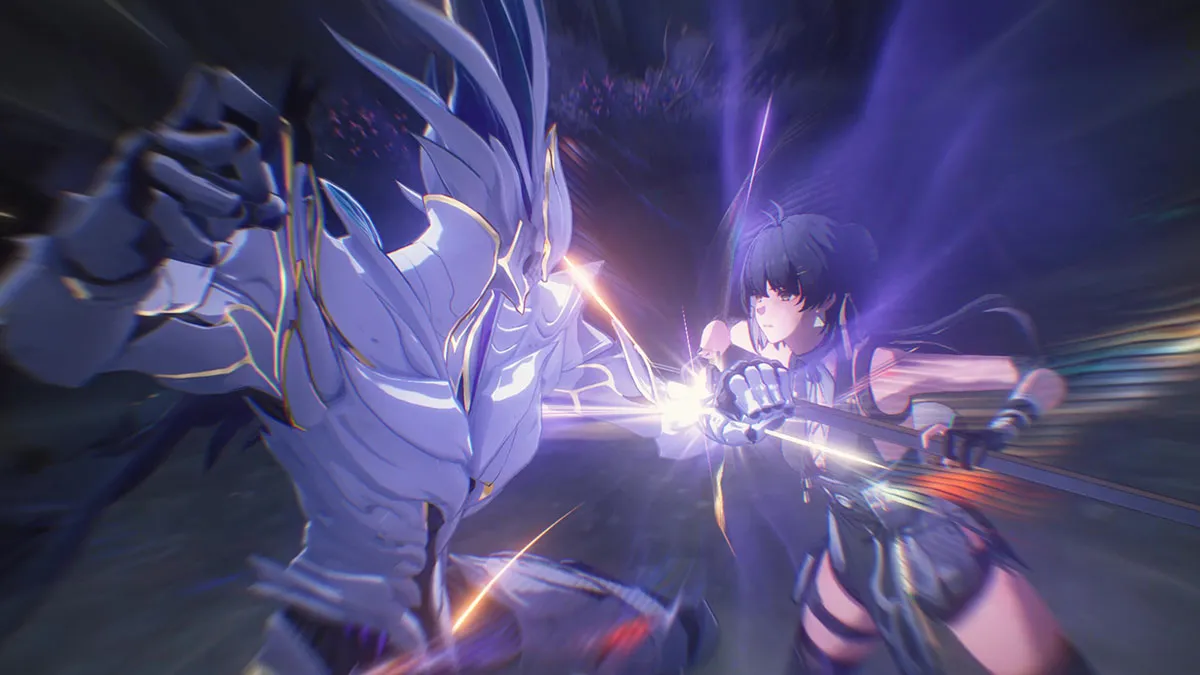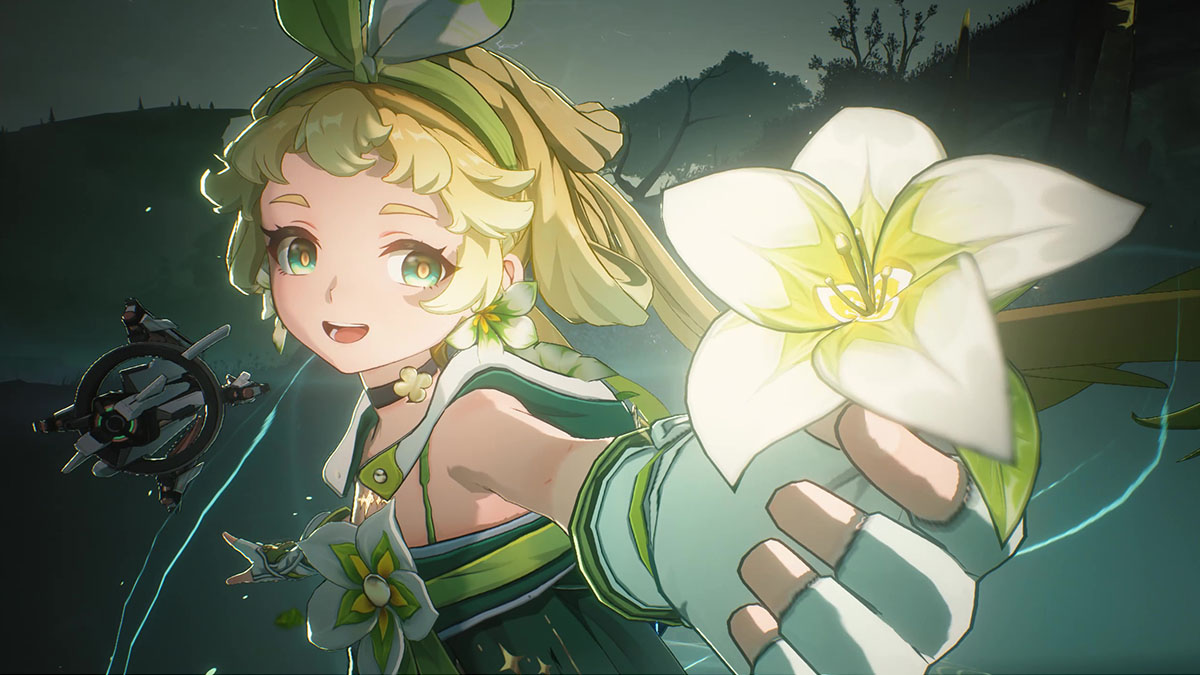Wuthering Waves wears its inspirations on its sleeve. It’s an open-world action RPG gacha game in the vein of Genshin Impact, with plenty of direct content pulls from the most successful title in the genre. Another game did something very similar several years ago: Tower of Fantasy, a more maligned entry in the gacha genre. Now, Wuthering Waves is drawing comparisons to Tower of Fantasy, but I don’t think the two are so easily equated. Here’s why.
Wuthering Waves is Not an MMO

As much as Wuthering Waves and Tower of Fantasy share with Genshin — exploration, character, and account progression, story beats — the biggest and most important difference is in both games’ core purpose. Tower of Fantasy was always billed as an MMO, meaning it needed to balance its content at least partly around multiple players. Every world boss in ToF all but required several dozen players to conquer with any efficiency, and the endgame content also had bosses with so much HP that it was effectively impossible for a player to solo them. With one exception: whales.
If you wanted to play Tower of Fantasy as a free-to-play player, your maximum damage threshold was so grossly underwhelming compared to someone who spent money that it made the concept a joke. I can’t tell you the number of times I’d go into the boss rush mode or join a current world-boss fight and watch two or three players melt the enemy while dozens of lower-spending players barely scratched its health bar.

Don’t get me wrong, that damage differential is still very much alive in Wuthering Waves, especially if you play the game’s co-op mode. Here’s the catch though: you can beat every inch of Wuthering Waves‘ content without spending a dime, and you can do it easily if you invest the time and especially if you have the skill. The developers at Kuro Games had a much smaller multiplayer environment to consider, and as a primarily single-player game, they never had to assume bosses would have more than four players fighting at a time.
There’s also the prestige and social aspects to consider. Because there were leaderboards and end-of-match screens in Tower of Fantasy, players were heavily incentivized to pony up as much as they were willing to pay. Not because they wanted a character or thought one would make their team better but because it would give them a chance to show off their big numbers and the size of their wallets (or credit card debt).
In Wuthering Waves, you can still show off the big numbers, but you’ll almost always do so for your own enjoyment and as a result of something you did for yourself, not for some arbitrary leaderboard someone set up. The game is like Genshin Impact in that sense. We can post a thousand screenshots of our big Arlecchino numbers or our solo Abyss Neuvillete runs, but we did that with our effort (and our wallets, maybe) and for ourselves.
Wuthering Waves is More Fun Than ToF

I enjoyed my time in Tower of Fantasy when it released, but I had no point of comparison. I’d never played Genshin or any other gacha, so the draw was new. Having completed all of Genshin‘s story and seen the quality difference between it and ToF, I can say with certainty that Wuthering Waves is more fun to play than both of them. And that comes down to the combat.
Wuthering Waves is straight-up harder than Genshin and ToF, and not because the enemies are bigger damage sponges (though some are), and not because the game gear locks me from some things (which it does). No, WuWa is harder because its gameplay is all about execution, not stats. You can run over almost all the toughest foes in other gacha games through numbers alone. Kuro Games rejected that idea with its first game in the genre, Punishing: Gray Raven, and brought that same philosophy to WuWa.
In this newest tile, bosses grow in strength and power but also gain new moves and mechanics as they increase in level. They have generous but sometimes still tricky windows where you can parry them, and dodging does more than simply avoid damage.
Then, there’s the actual combat. The Intro/Outro Skill system actively rewards smart team rotations. Action canceling opens up opportunities for more player expression. Distinct timing is not only for parries and dodges but also for attack combos, plus different attack strings based on different inputs. That’s not even touching on the buildcrafting, which is just as deep and satisfying as Genshin‘s, with one key difference.

Yes, I’m going to harp on the Echo system. Not only is it an expansion on the Artifact system from Genshin in the one way that matters — it directly affects combat flow —but it’s also inherently more rewarding. You rarely need to actually spend your Stamina farming Echoes when you can just wander the world, defeating enemies and bosses and getting them for free instead. Sure, target farming them will become necessary at a certain point, but the process costs nothing in-game or out.
There are so many quality-of-life updates over Genshin or Tower of Fantasy, too. You spend no character stamina to sprint. You can run up walls. Materials go straight into your inventory when earned, and so on. For those reasons, among others, Wuthering Waves isn’t just fun; it’s more respectful of the player’s time, removing unnecessary inconveniences so you can get to the game faster.
I would, of course, be remiss not to mention that the story and exploration of Wuthering Waves reminds me more of Tower of Fantasy than it does Genshin, as does its voice acting and other localization. Kuro Games had said it intended to address those complaints, and from what I know of the changes from the closed betas and the release game, it’s more than capable of making things right. I don’t expect the Fontaine Archon Quest from Wuthering Waves because it took Genshin four years to get there. All I want is fantastic, deep combat, a pretty world to explore, and solid, well-balanced progression. Wuthering Waves has all of that, and I love it all.
Also, there’s an actual sitting and getting up animation. Eat your heart out, Tower of Fantasy.







Published: May 28, 2024 02:25 pm